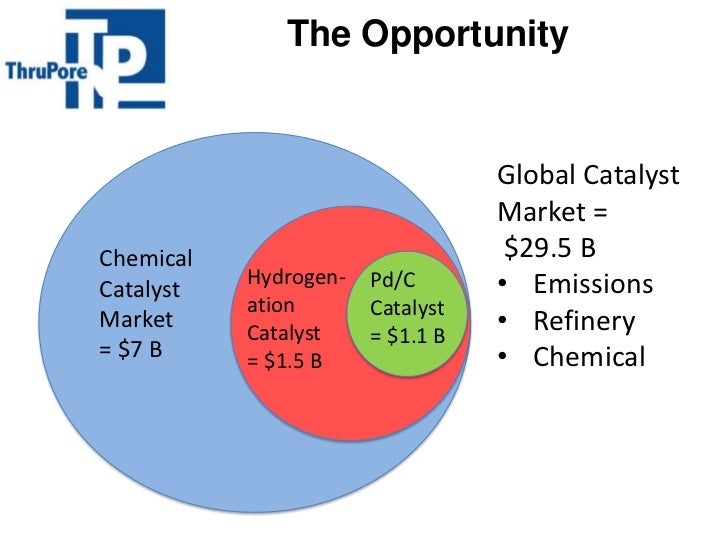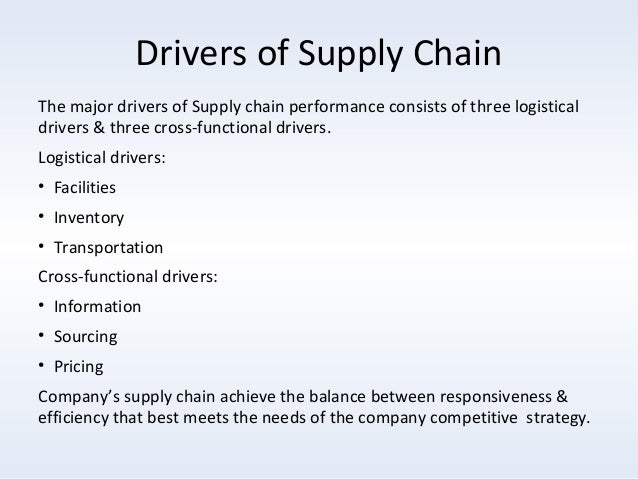
5 Major Kinds Of Drivers Of Globalization Slideshare
MG 415 Chapter 1. International business. One of the five major kinds of drivers of globalization; advances in computers and communications technology are permitting an increased flow of ideas and information across borders, enabling customers to learn about foreign goods. Two other aspects of this trend are contributing to the. Drivers of Globalization The media and almost every book on globalization and international business speak about different drivers of globalization and they can basically be separated into five different groups.
Drivers & hurdles of globalization • 1. V.B.Shah Institute of Management Subject: Business Environment Topic: Drivers & Hurdles of Globalization • Roll no. Name 226 Nasit Janak 236 Patel Vidur 237 Patel Vikas 238 Patel Vinay 239 Pathak Denish 252 Savani Jay TYBBA (Div-2) Group Members • Globalization The term Globalization refers to processes of international integration arising from the interchange of world views, products, ideas, and other aspects of culture. Advances in transportation and Telecommunications, infrastructure, including the rise of the telegraph and its posterity the Internet, are major factors in globalization, generating further interdependence of economic and cultural activities.

• Drivers of Globalization The media and almost every book on globalization and international business speak about different drivers of globalization and they can basically be separated into five different groups: • 1) Technological drivers Technology shaped and set the foundation for modern globalization. Innovations in the transportation technology revolutionized the industry. The most important developments among these are the commercial jet aircraft and the concept of containerization in the late 1970s and 1980s. Inventions in the area of microprocessors and telecommunications enabled highly effective computing and communication at a low-cost level. Throne of bhaal iso. Finally the rapid growth of the Internet is the latest technological driver that created global business and e-commerce. • 2) Political drivers Liberalized trading rules and deregulated markets lead to lowered tariffs and allowed foreign direct investments in almost all over the world.
The institution of GATT (General Agreement on Tariffs and Trade) 1947 and the WTO (World Trade Organization) 1995 as well as the ongoing opening and privatization in Eastern Europe are only some examples of latest developments. • 3) Market driversAs domestic markets become more and more saturated, the opportunities for growth are limited and global expanding is a way most organizations choose to overcome this situation. Common customer needs and the opportunity to use global marketing channels and transfer marketing to some extent are also incentives to choose internationalization. • 4) Cost drivers Sourcing efficiency and costs vary from country to country and global firms can take advantage of this fact. Other cost drivers to globalization are the opportunity to build global scale economies and the high product development costs nowadays. • 5) Competitive drivers with the global market, global inter- firm competition increases and organizations are forced to “play” international. Strong interdependences among countries and high two-way trades and FDI actions also support this driver.
• Hurdles of Globalization 1)Technological Barriers Standards-related trade measures, known in WTO parlance as technical barriers to trade play a critical role in shaping global trade. Governments, market participants, and other entities can use standards-related measures as an effective and efficient means of achieving legitimate commercial • regulations and testing, certification, and other procedures are involved in determining whether or not products conform to standards and technical regulations. Nexiv vmr 3020 manual treadmill.